Sailing Knots
Sailing knots are an integral part of a sailor's skillset, serving various purposes from securing lines to tying essential knots for safety and efficiency.
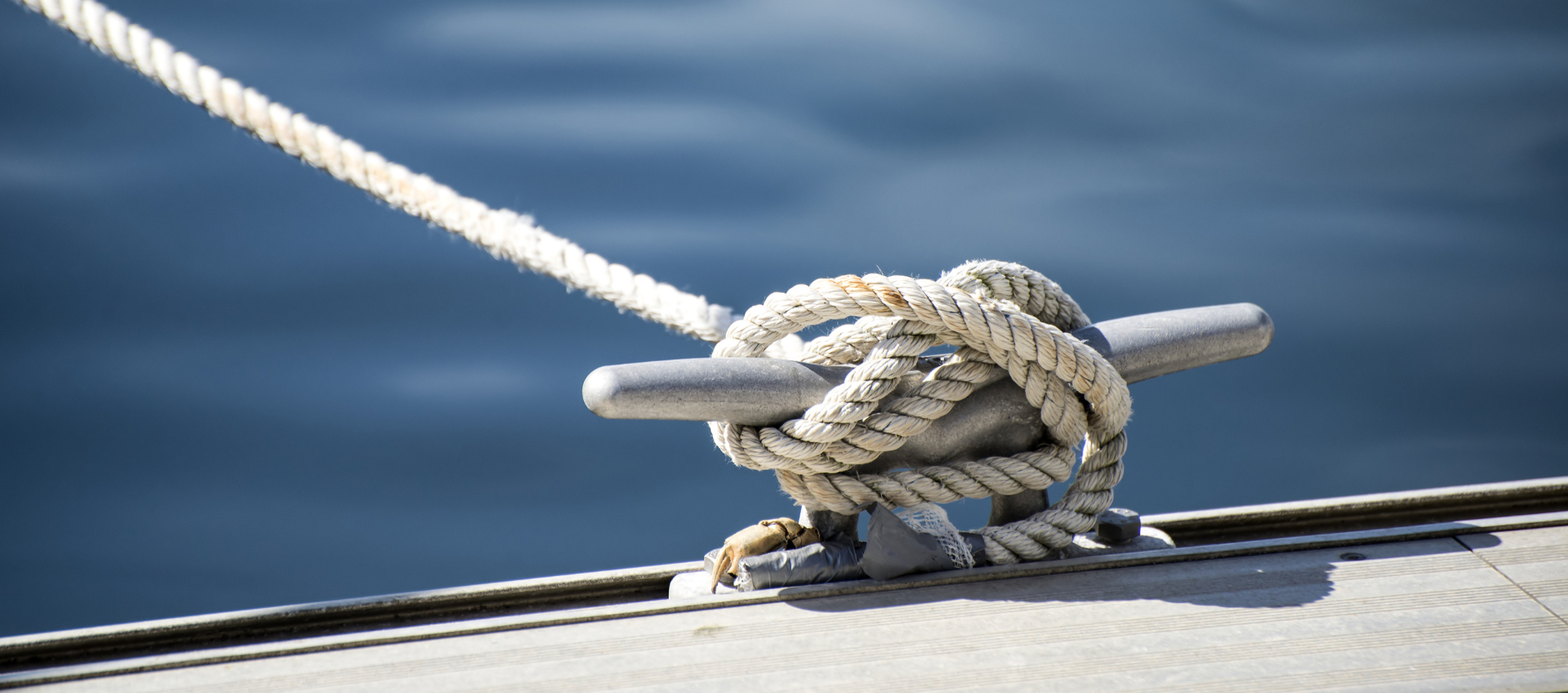
Love Knots? Buy the RYA Knots, Splices and Ropework Handbook
Get RYA Knots, Splices and Ropework Handbook - the complete guide to knots for all knot enthusiasts and a must have for all sailors.
Available as a book and ebook it is ideal for beginner or advanced, as it deals with knots and ropework from beginning to end.
The first section deals with rope construction and maintenance, moving on to the basic knots which are essential to all boating activities.
The authors then delve into blocks and tackles, lashings and bindings, splicing, and finally they move on to the more advanced, decorative knots, which are ideal for adding a unique touch to your boat, and they also make for lovely gifts.

The Most Common Knots
Every sailor needs a good knowledge of the variety of sailing knots, and their different uses and drawbacks. What follows are some of the most common knots.
You may also be interested in our 1 day Yacht Rigging and Rope Splicing Course that we run. More details can be found here: Yacht Rigging and Rope Splicing Course
Half Hitch
A half hitch is an unsecure knot which is used in conjunction with other types of knots to create secure knots. A half hitch is created by simply bringing the rope over and under the standing part.
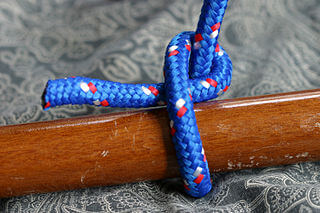
Figure-Eight Knot
(also known as figure-of-eight knot, Savoy knot, Flemish knot and double-stopper)
Designed to prevent ropes from running out of retaining devices, the figure-eight knot will jam if put under strain, making it useful for both sailing and rock climbing. It is similar to the overhand knot, but less permanent and easier to undo.
As you might expect, a figure-eight knot is created by bringing the tail of the rope over itself to form a loop, then under the standing part and through the loop in a figure-of-eight pattern.
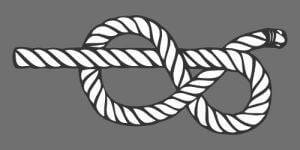
Bowline
(also known occasionally as the Boiling knot)
The bowline creates a fixed loop at the end of a rope, making it useful for fastening a mooring line to a post or ring. It’s also the knot most commonly used for rescue ropes, as a trapped person can tie the loop around them and then be hoisted up with the rope.
To tie a bowline, create a small loop in the rope, leaving enough rope in the working part for the desired size of the eventual loop. Pass the tail through the loop, under and over the standing end and then back through the loop to finish.
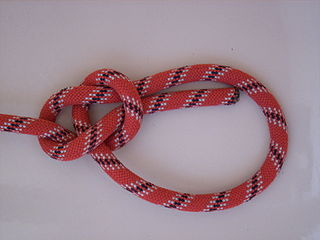
Put Your Knots To The Test With A Sailing Course
A sailing course is where you get to know your knots and you see how effective they can be. But how do you know what type of sailing course you need? Try this simple test...
Reef Knot
(also known as Square knot and Hercules knot)
The reef knot is used to bind a rope around an object by tying two ends of the rope together. It should be noted that it is not recommended for tying two different ropes together, even though it is often used in this way. If used with ropes of different thicknesses it may slip.
To tie a reef knot, place the two ends of the rope parallel and cross them over, placing one rope over the other, then under, and then over again. Take the ends and cross them over-under-over again, then pull the ends tight.
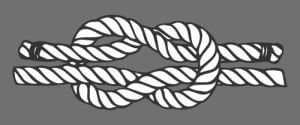
Rolling Hitch
(also known as Magnus hitch)
The rolling hitch is used to fasten a rope to a rod, pole or another rope. It is used to pull along an object lengthwise, as opposed to right angles. This knot is often used to rig a stopper, to slacken a tensioned sail line or sheet so that a jammed winch can be cleared safely.
A rolling hitch is formed by coiling the rope around the object or other rope, bringing it towards the direction of pull and between the object and the standing part. Create another successive coil in the direction of the pull, then bring the tail over the standing part in the opposite direction to the pull. Finish with a half hitch around the object/other rope in the same direction as the coils, then pull tight and apply load to the rope

Clove Hitch
This knot is useful for attaching a rope to a series of posts, as it allows the length of the running end to be adjusted easily.
To tie a clove hitch in the middle of the rope, form a loop in the rope, followed by an identical second loop the same way up as the first. Cross the two loops over each other so they form a pretzel-like knot, then place the knot over the post.
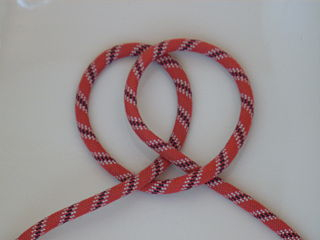
Sheet Bend
(also known as becket bend, weaver’s knot and weaver’s hitch)
The sheet bend is useful for joining together two different ropes. It’s best to use this knot for ropes which are under load, as it can work loose on ropes which are not under any strain. This is the preferred knot instead of the Reef Knot.
To tie a sheet bend, form a loop in the thicker rope by placing the tail end of the rope parallel with the standing end – do not pass the tail end over or under the standing end. Hold this loop in one hand while you bring the other rope through the loop, underneath the tail end and then also underneath the standing end (do not pass it under the standing end before the tail – this will make the knot unsecure). Finally, tuck the thinner rope over the standing end and tail, and under the part of itself sticking through the loop.
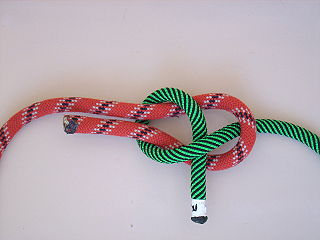
Double Sheet Bend
A double sheet bend is simply a ‘double’ of the regular sheet bend. If the ropes used are of different diameter, it’s important to double the sheet bend to ensure security.
To tie a double sheet bend, go through all the steps of creating a regular sheet bend, then bring the tail of the thinner rope underneath the thicker rope, over the thicker rope and under them thinner rope a second time, so the thinner rope coils around the thicker rope a couple of times.
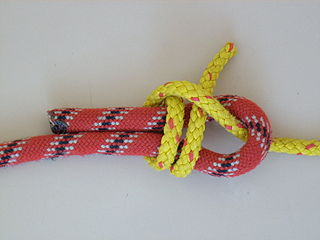
Round Turn and Two Half Hitches
While a bit of a mouthful, this useful knot is used to secure a rope to a fixed object such as a pole. The tail of the rope is wrapped around an object (this is the ‘round turn’) and secured to the standing part with two hitches (the tail end is passed over and under the standing part, twice).
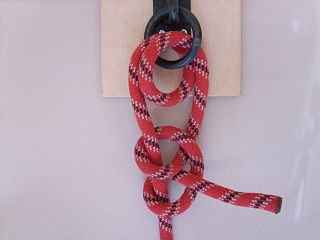
Learning To Tie Knots
If you are interested in learning how to tie these knots, and the correct knots to use for different applications, then why not come along to one of our RYA approved Practical Sailing Courses. You will learn all sorts of practical skills vital for anyone who wants to sail safely.
Our 1 day Rigging and Rope Splicing course may also be of interest to you. In addtion to looking at how to check your rig and service winches we also cover rope splicing. More details can be found here: Yacht Rigging and Rope Splicing Course
Get more out of sailing! Take a course and then #takethehelm. We can help you with your next step, just fill in the form and ask the question!
